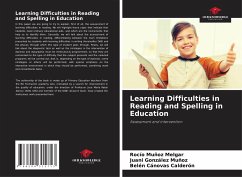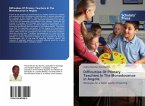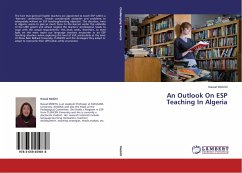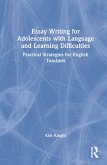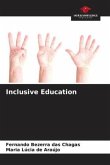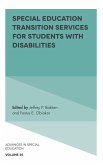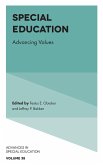In this paper we are going to try to explain, first of all, the assessment of learning difficulties in reading. We will highlight those signs that indicate that students need ordinary educational aids, and which are the instruments that help us to identify them. Secondly, we will talk about the assessment of learning difficulties in reading, differentiating between the main limitations presented by students with learning difficulties in writing (hereinafter DAE) and the phases through which this type of student goes through. Finally, we will talk about the diagnostic task as well as the strategies in the intervention of dyslexia and dysgraphia must be meticulously programmed, so that they are customized to the type of difficulty that the subject presents and the selected programs will be carried out, that is, depending on the type of dyslexia, some strategies or others will be performed, with special emphasis on the interactive environment in which they should be performed, combining novel and conventional tasks.

